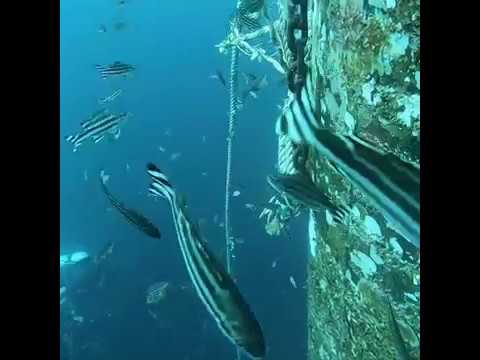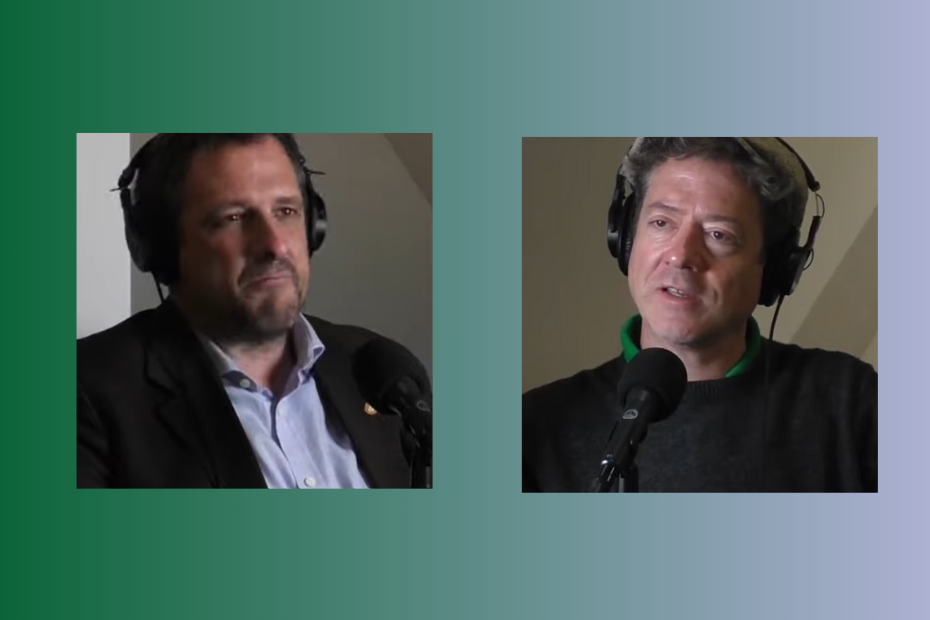In 1971, four years after he designed a floating city, Buckminster Fuller wrote:
“Pollution is nothing but the resources we are not harvesting. We allow them to disperse because we’ve been ignorant of their value.”
Land activity is responsible for most of the carbon emissions and the vast proportion of plastic in the sea. But where land folk see pollution, seasteaders see resources.
OnHand Agrarian is a floating aquaculture company in Singapore led by Shannon Lim. Shannon is developing affordable seastead platforms made from reefblocks which become cheaper and stronger when waste plastic is added. The more reefblock platforms we build, the more plastic we will take from the ocean.
Ventive Floathouse, an American seastead company led by Michael Eliot, is developing affordable seasteads that will use the pollution from fossil fuels as a resource.
On land, buildings, highways, and sidewalks are made with Portland concrete, which releases megatons of CO2 into the environment, and burning coal creates fly ash which is discarded into landfills.
But the geopolymer concrete developed by Ventive Floathouse requires flyash in its composition, and every pound of carbon you put into geopolymer concrete is a pound of carbon you take out of the environment. So the more Floathouses we build, the more carbon and fly ash we remove from the environment.
You can’t float seasteads without regenerating the environment. This is true for all seasteading ventures– from Blue21 to Blue Frontiers– from the megacities envisioned by Shimizu, to the first single-family seastead built by Ocean Builders.
Build a foundation on land, you destroy life on that spot. Float a foundation on water, you provide a home for a rich ecosystem.
The day before the first seastead was built, very little life was seen at the site. The day after it was floated, hundreds of fish appeared. They claimed littles holes as their homes, and defended it from other fish. This is how it looked after just two months.
Barnacles are a nuisance for boats, but a blessing for seasteads. As mussels and sea plants grow, a new coral ecosystem will emerge. Since most of the surface ocean is a relatively lifeless desert, every seastead we float will increase the amount of life on the oceans.
If you’d like to help the Seasteading Institute build a better blue world, make a tax-deductible donation at seasteading.org/donate, and if you’d like to learn more, read Seasteading: How Floating Nations Will Restore the Environment, Enrich the Poor, Cure the Sick, and Liberate Humanity from Politicians.

